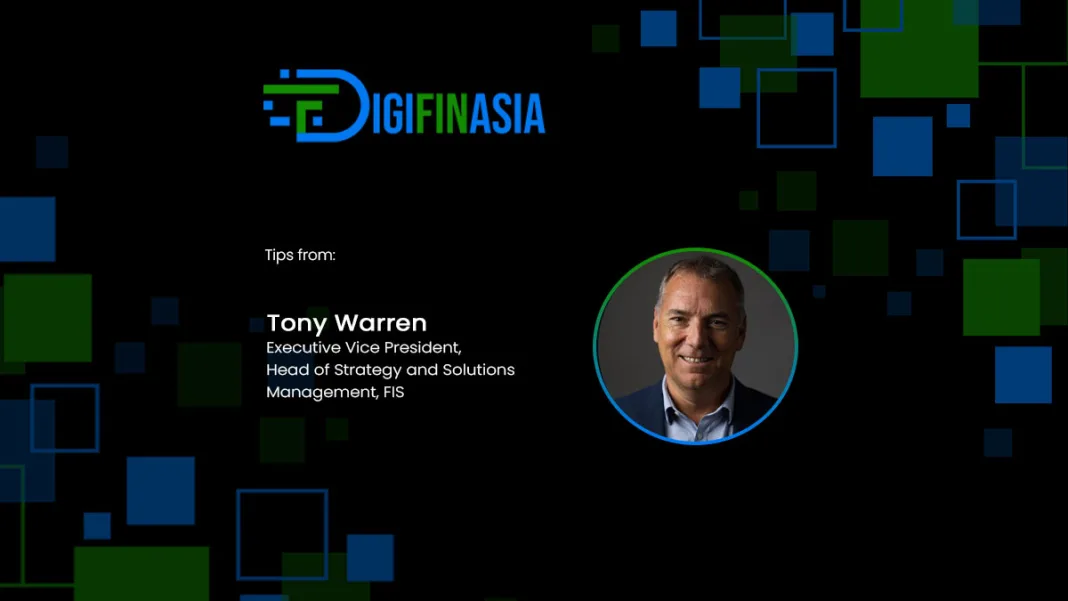Four areas of financial services are set to enjoy unprecedented levels of efficiency and automation in collaborations, operations and risk management
In 2023, nearly all established economies have entered a period of double-digit inflation and rising interest rates. How can financial services firms in the region continue to stay profitable and grow their business?
As ever, innovation is coming to the rescue. Technologies such as AI and machine learning are evolving to transform the way in which information is processed and utilized. And, in combination with open application programming interfaces (APIs) and digital data access, these technologies can help organizations control costs and achieve scale to weather extended periods of high inflation.
Service models are also changing to help firms adapt. Large cloud providers can now process mission-critical applications on a global basis so organizations can focus on their domain expertise. In addition, the “as-a-service” cloud application model is moving into new areas within the enterprise, generating additional economies of scale and a faster time to market.

Four driver technologies to watch
Here are four further examples of how innovation will continue to drive the future of financial services.
-
Decentralized finance (DeFi)
DeFi and the technology behind it — distributed ledger — sometimes have negative connotations because of their association with crypto. However, DeFi has much wider uses than just the speculative trading of crypto currencies.The draw of DeFi is that its technology can be used to build markets that are highly automated, faster, and open 24/7. Whether it is used to tokenizing existing asset classes like stocks or bonds or to create liquid markets in real estate, artwork, and private equity, DeFi is attracting serious attention, funding and brainpower.
Test cases are moving out of the lab and into the real world. Examples include the equivalent of a forex transaction completed over a public blockchain; the development of asset-backed tokens like stablecoins; the issuance of digital bonds over a blockchain; and trials by central banks to issue their own form of digital currency.
Going forward blockchain will remove a lot of manual effort from managing complex and syndicated loans, which have long lagged behind the digital world of consumer lending. So, even without radical disruption of the overall market, we expect to see less friction as technology makes highly manual tasks simpler and easier.
-
Environmental, social and corporate governance
ESG is complex and companies are trying to analyze data from all sorts of sources, from carbon and environmental data — which is easier to grasp — to “non-financial” data such as social media posts, news articles and general sentiment, which are much more difficult to quantify.What is even more challenging is that there is very little standardization of data collection, calculation, and metrics; not to mention the capacity for companies to “greenwash”. Couple all of this with regulatory requirements that are not completely clear and constantly changing, and it is no wonder that many firms are unsure if they have the right technology in place.
However, having a clear and defined ESG strategy is essential to tackle the challenges ahead. FIS data indicate that Hong Kong is leading in this area, with 70% of surveyed financial services firms investing in technology to improve their ESG reporting and disclosures. Singapore and Australia were next: at 66% and 59% respectively.
While it may be easy to wait for regulators, organizations need to invest now to capture investors’ interests — and minimize the impact of ESG on their businesses.
Also, ESG does not merely refer to reporting, but involves incorporating its principles into credit policy, pricing, and the full lending lifecycle: from origination through servicing.
-
Trade reconstruction requirements
After a wave of regulations around surveillance and trading, we are now starting to see a move towards trade reconstruction, which entails synthesizing information that determines if participants, firms or locations are on sanctions lists; discerns specific trades and trading patterns; and checks communications integrity, etc.AI and machine learning are making this even more effective by integrating structured data and rules. Now firms can garner a more complete view and richer insights while exposing previously hidden bad behavior and reducing false positives. We are seeing the same shift around regulatory reporting. Financial services firms can bring together the underlying data, such as risk data in their systems, with reporting requirements and the nuances of how regulators want to manage and handle that information.
With that approach, firms can go beyond simply delivering reports to regulators. They can organize data more effectively, reduce the friction and labor involved in producing reports, and respond to regulatory inquiries quickly and accurately.
-
Lending
In an era of heightened anxiety about macroeconomic risk, creditors need to continue lending while mitigating defaults and other adverse events. AI and machine learning are increasingly common for automating document processing, but also for making more precise decisions, from origination to servicing.In the automobile finance space, electric vehicles are disrupting a very traditional market, driving parallel changes in auto lending. For example, it is no longer one driver for the life of one car. There are a lot of elements: car, battery, charging stations, etc., all of which can be funded in different ways. Meanwhile, the sales model is also changing. Cars for sale are no longer displayed on physical lots; they are chosen online and then assembled and delivered on demand. These trends mean the credit provider needs a different model with flexibility that is more like asset finance than traditional auto lending.
Another lending trend worth noting is the increasing use of APIs that enable the sharing and co-creation of solutions between financial institutions, non-financial players, and third-party providers. These collaborations will enable the collaborative forces to explore alternative products, methods of service delivery and even revenue models while providing a vastly improved and seamless experience for the end-customer.
Also, “lending-as-a-service” is one emerging type of embedded finance that is starting to change the market. It is a Buy Now Pay Later scheme for small businesses involving revolving lines of credit, lease-to-own and more. It can also be an opportunity for financial institutions to extend their reach and participate in the new economy.
It is easy to cross innovation off the list when economic pressure is high. But it is clear that investing in technology is the only way for firms to increase their agility, accuracy, and ability to control costs — all of which puts them in a stronger position to compete too.



